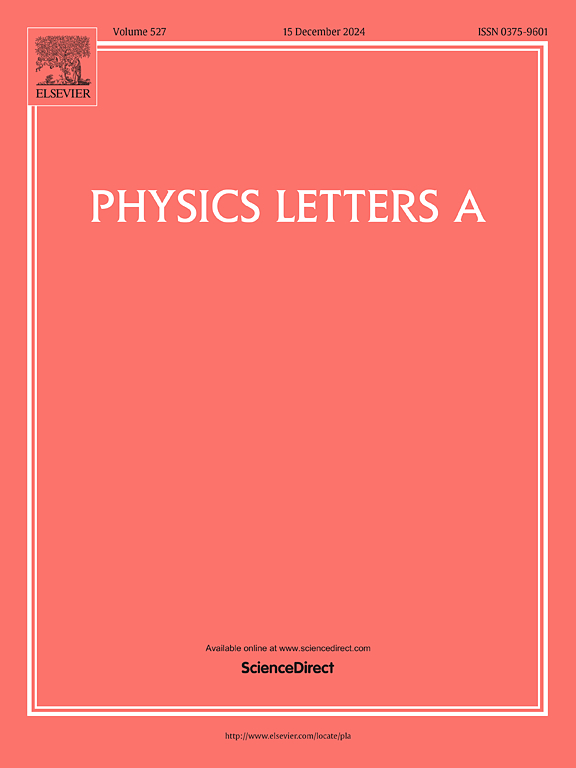Anisotropic tunneling anomalous Hall effect in altermagnetic tunnel junctions
IF 2.6
3区 物理与天体物理
Q2 PHYSICS, MULTIDISCIPLINARY
引用次数: 0
Abstract
Altermagnets, a novel class of magnetic materials characterized by momentum-dependent collinear spin-splitting in their electronic bands, have garnered considerable research attention. Here, we propose that an anisotropic tunneling anomalous Hall effect can be induced in altermagnetic tunnel junctions. This effect differs fundamentally from the conventional anomalous Hall effect, as it arises from the momentum-dependent spin splitting, rather than from spin-orbit coupling. The Hall conductance, , is highly sensitive to the crystallographic orientation of the altermagnet. Specifically, in normal/altermagnet junctions, a pure spin Hall effect without transverse charge current is observed when the altermagnet exhibits -wave altermagnetism. In ferromagnet/altermagnet junctions, is highly sensitive to the ferromagnet's magnetization direction, but it vanishes when the altermagnet exhibits -wave altermagnetism. Moreover, the Hall angle can exceed 1, indicating the potential for a large Hall angle. These findings not only demonstrate the feasibility of generating TAHE in altermagnetic junctions, but also highlight its potential for probing d-wave altermagnetism, thereby opening new possibilities for spintronics applications.
互磁隧道结的各向异性隧穿异常霍尔效应
交替磁体是一类新型的磁性材料,其特征是在其电子带中具有动量依赖的共线自旋分裂,已经引起了相当大的研究关注。在这里,我们提出了一个各向异性隧道异常霍尔效应可以诱导在电磁隧道结。这种效应与传统的反常霍尔效应有本质的不同,因为它是由依赖动量的自旋分裂产生的,而不是自旋轨道耦合产生的。霍尔电导Gyx对交流磁体的晶体取向高度敏感。具体地说,在正常/交替磁体结中,当交替磁体表现为dxy波互磁时,观察到纯自旋霍尔效应而不存在横向电荷电流。在铁磁体/交变磁体结中,Gyx对铁磁体的磁化方向高度敏感,但当交变磁体呈现x - y波变磁时,Gyx消失。此外,霍尔角Gyx/Gxx可以超过1,表明有可能出现大的霍尔角。这些发现不仅证明了在变磁结中产生TAHE的可行性,而且突出了其探测d波变磁的潜力,从而为自旋电子学的应用开辟了新的可能性。
本文章由计算机程序翻译,如有差异,请以英文原文为准。
求助全文
约1分钟内获得全文
求助全文
来源期刊

Physics Letters A
物理-物理:综合
CiteScore
5.10
自引率
3.80%
发文量
493
审稿时长
30 days
期刊介绍:
Physics Letters A offers an exciting publication outlet for novel and frontier physics. It encourages the submission of new research on: condensed matter physics, theoretical physics, nonlinear science, statistical physics, mathematical and computational physics, general and cross-disciplinary physics (including foundations), atomic, molecular and cluster physics, plasma and fluid physics, optical physics, biological physics and nanoscience. No articles on High Energy and Nuclear Physics are published in Physics Letters A. The journal''s high standard and wide dissemination ensures a broad readership amongst the physics community. Rapid publication times and flexible length restrictions give Physics Letters A the edge over other journals in the field.
 求助内容:
求助内容: 应助结果提醒方式:
应助结果提醒方式:


